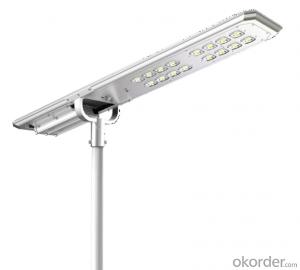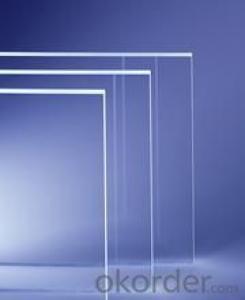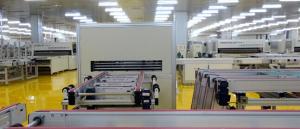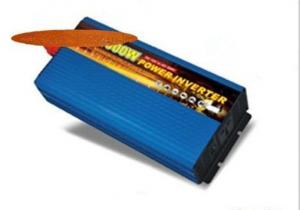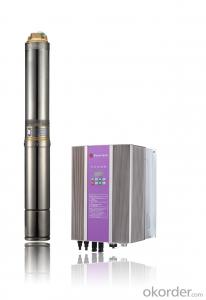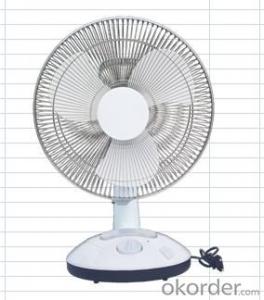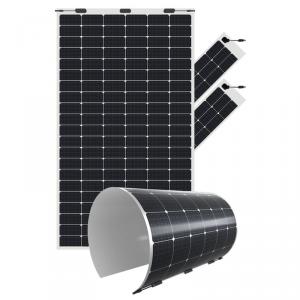Art Solar Inverter
Art Solar Inverter Related Searches
Smart Solar Inverter Inverter Solar Solar Ark Inverter Smart Inverter Solar Solar Solar Inverter Solar Plant Inverter Solar Smart Inverter Solar Ac Inverter Battery Solar Inverter Alpha Solar Inverter Home Solar Inverter Sunshine Solar Inverter Automatic Solar Inverter Sun Solar Inverter Solar Battery Inverter Smart Solar Power Inverter Inverter Battery Solar House Solar Inverter Solar Home Inverter Power Solar Inverter Solar Tech Inverter Inverter Power Solar Inspire Solar Inverter Inverter Solar Farm Ac Inverter Solar Inverter With Battery Solar Solar Light Inverter Homemade Solar Inverter Solar City Inverter Solar Age InverterArt Solar Inverter Supplier & Manufacturer from China
Art Solar Inverter encompasses a range of high-quality solar power inverters designed to convert solar energy into usable electricity for residential, commercial, and industrial applications. These inverters are engineered to optimize energy production and ensure efficient power conversion, making them a reliable choice for various solar power systems. The Art Solar Inverter products are widely utilized in different settings, such as homes, businesses, and large-scale solar farms, where they play a crucial role in harnessing the power of the sun and reducing reliance on traditional energy sources. Okorder.com is a leading wholesale supplier of Art Solar Inverter products, boasting a vast inventory that caters to the diverse needs of customers across the globe.Hot Products













